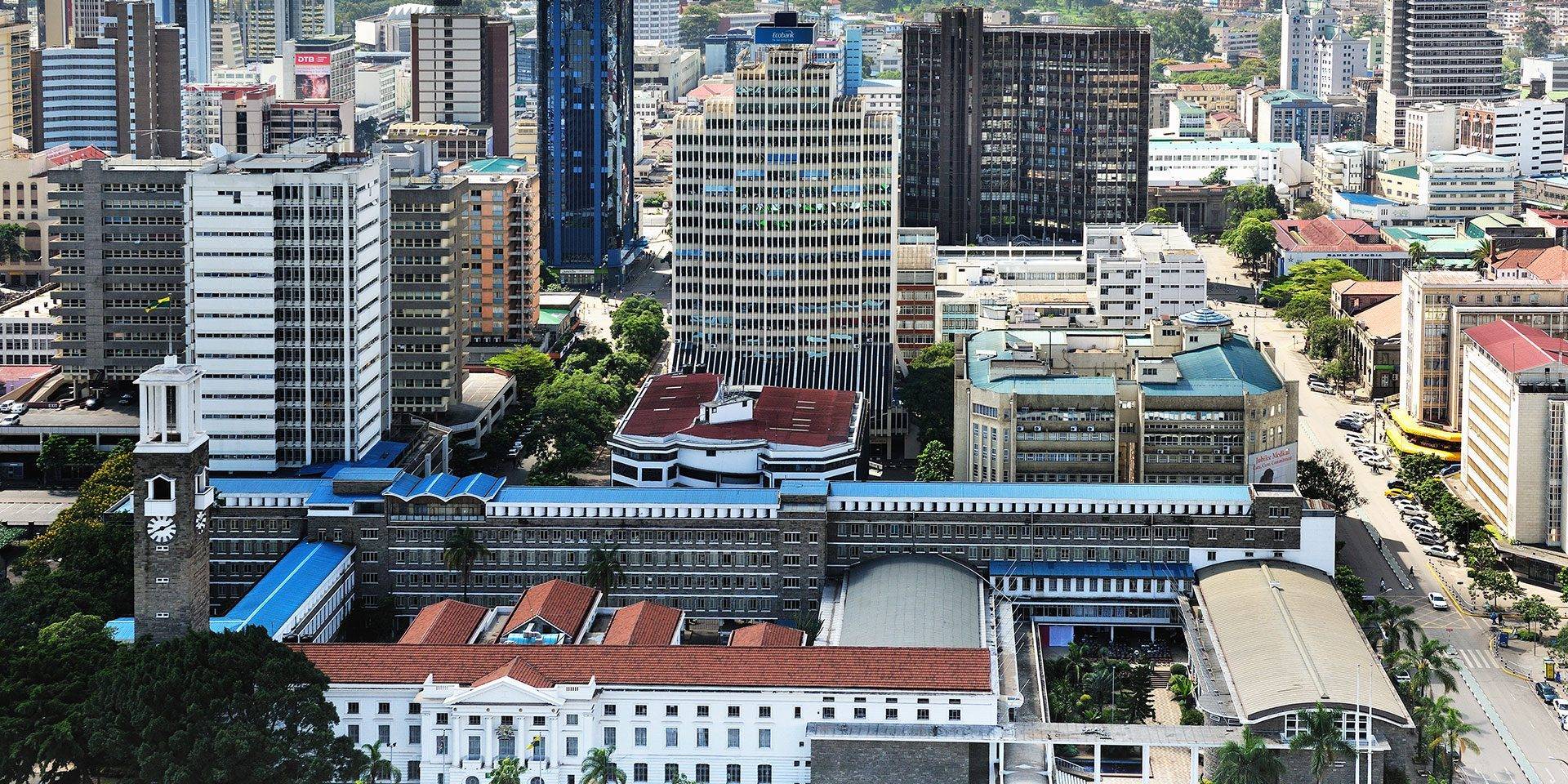Kenya’s GDP Grew More Than Expected

Report findings from the Economic Survey 2019 reveal that Kenya’s Gross Domestic Product (GDP) has expanded by 6.3 per cent in 2018 down from 4.9 per cent in 2017. The growth rate exceeded the World Bank’s prediction of 5.7.
Majority of the key economic sectors recorded significant growth. However, agriculture, which happens to be a major contributor to Kenya’s GDP, held the most dividends as it grew by 6.6 percent, the highest in five years, according to the Survey released on Thursday.
Over the period reviewed, maize production grew up by 26 percent to 44.6 million bags while tea and coffee production recorded growths of 12.1 and seven percent respectively. The growth in the sector was attributed to favourable climatic conditions that led to increased yields.
“We have noted the issue of sufficient rains and the multiplier effect that agriculture has on growth in other sectors,” said Kenya National Bureau of Statistics Director General Zachary Mwangi during the release of the survey.
“To continue supporting the agricultural sector, the government will continue to invest in irrigation to reduce the dependence on rain-fed agriculture and increase the amount of land under crop production in addition to targeted reforms and agendas to boost food security,” National Treasury Cabinet Secretary Henry Rotich said.
The manufacturing sector also registered a notable improvement in performance from 0.5 per cent growth in 2017 to 4.2 per cent growth in 2018. National Treasury CS attributed the increase to favourable government policies such as revised work permit rules as well as the introduction of low-cost electricity for off-peak industrial consumers.
The manufacture of sugar, processing of liquid milk and black tea as well as the manufacture of beer and soft drinks recorded tangible improvement in growth under the manufacture of food and beverages.
Increased rainfall was a significant boost to electricity generation and consequently favourable to growth during the review period. The total energy generated reached 86 percent from an initial 73.3 percent at the end of 2017.
The growth realized in 2018 was anchored on a relatively stable macroeconomic. Inflation remained low at 4.7 percent in 2018 compared to 8.0 percent in 2017 largely due to declines in prices of food after the shortage experienced in 2017.
Not long ago, the World Bank cut Kenya’s economic growth forecast for 2019 to 5.7 percent from an earlier forecast of 5.8 percent due to a delayed onset of the main rain season. The government, however, remains optimistic that Kenya’s economy will grow by 6.3 percent in 2019.
Featured Image Courtesy: Magical Kenya